Last updated on March 19, 2024

True-Name Nemesis | Illustration by Zack Stella
Naya midrange. Sultai control. Mono-red aggro. Jeskai tempo. Notice anything? We as a Magic society have become so engrossed in our pursuit of the “best deck” and the most “meta-breaking strategy” that we’ve forgotten what MTG is all about: expression of self.
Okay, you don’t have to be as philosophical as I am about collectible pieces of cardboard, but the least you could do is add a bit of zest to your deck names. I don’t care what colors your mana base needs to support. I don’t even care if you’re aiming to win on turn 4 or turn 50. I want to know if your deck has personality. Mono-red aggro? Never heard of that deck. Burn? Oh yeah, burn and I go way back.
Maybe clever deck-naming is a lost art. An outdated form of expression, never to be spoken of again. But if you’re like me and you miss the good old days when your deck’s name carried some history with it, then keep reading.
I’m about to list my top ten favorite deck names in all of competitive Magic history.
#10. Burn
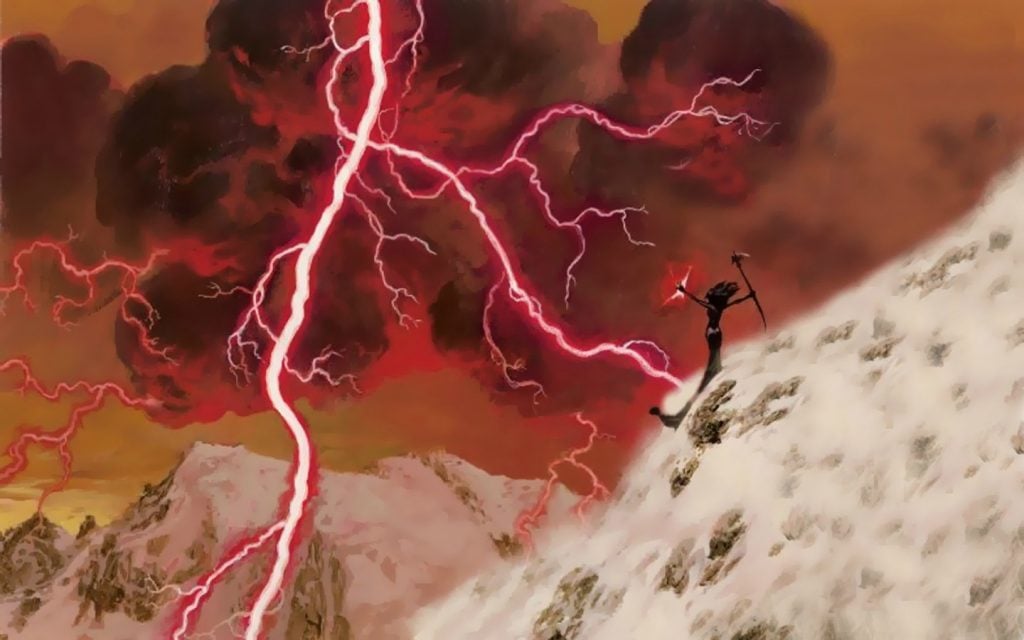
Lightning Bolt | Illustration by Christopher Moeller
Creatures (12)
Goblin Guide x4
Monastery Swiftspear x4
Eidolon of the Great Revel x4
Instants (16)
Lightning Bolt x4
Searing Blaze x4
Lightning Helix x4
Boros Charm x4
Sorceries (12)
Lava Spike x4
Rift Bolt x4
Skewer the Critics x4
Lands (20)
Inspiring Vantage x4
Sunbaked Canyon x4
Bloodstained Mire x4
Wooded Foothills x3
Mountain x3
Sacred Foundry x2
Burn? Really? You make all this fuss about deck names losing their originality, and you start off your list with Burn?
You, probably
Look, I’ll admit that I’m a bit biased toward the deck being a Burn player myself, but it’s one of the most iconic deck names out there and the name is just so fitting. Whether you’re playing as or against the Burn player, Burn always seems to live up to its name.
If you lose against Burn, you feel like you’ve just been burned. If you win against it, you feel like you barely made it out of that situation alive. Besides, it beats all of its other names. “40 Bolts and 20 Mountains” is lazy, “Sligh” is named after Paul Sligh and has nothing to do with the deck, “red deck wins” only works if you win, and “mono-red aggro” is straight-up lame.
“Burn,” however, takes one of the most linear strategies in the game and gives it a personality and history of its own. Sometimes, simple is best.
#9. Robots
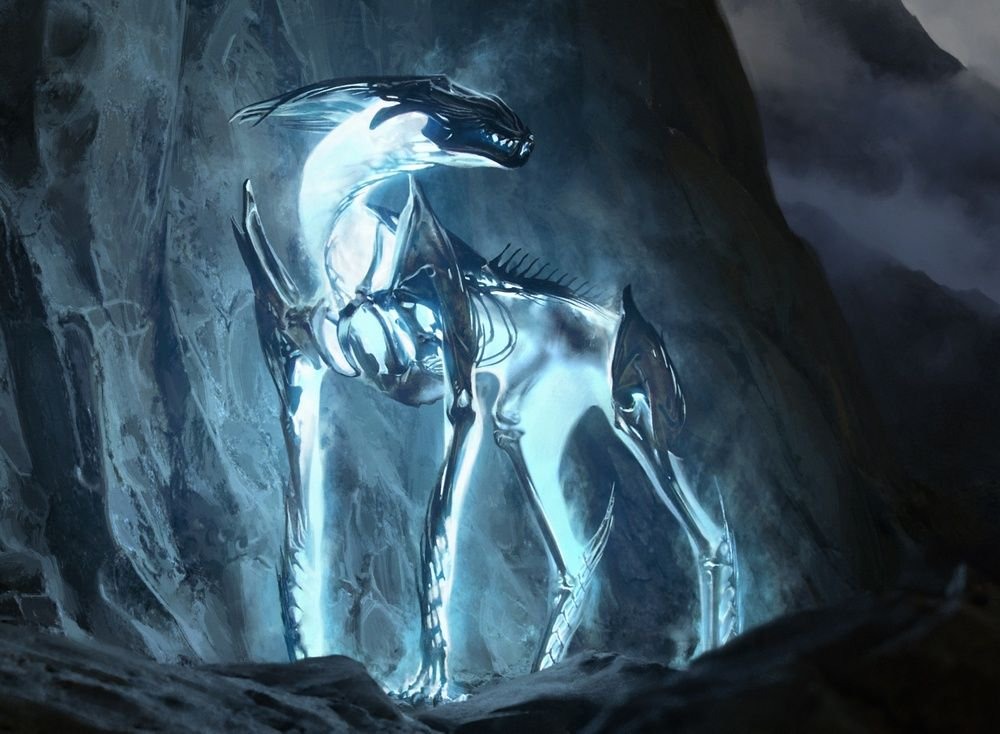
Arcbound Ravager | Illustration by Chase Stone
Creatures (24)
Arcbound Ravager x3
Emry, Lurker of the Loch x3
Memnite x2
Ornithopter x4
Signal Pest x4
Thought Monitor x4
Vault Skirge x4
Instants (2)
Artifacts (16)
Cranial Plating x4
Mishra's Bauble x4
Nettlecyst x2
Pithing Needle
Shadowspear
Springleaf Drum x4
Lands (18)
Darksteel Citadel x4
Glimmervoid x4
Inkmoth Nexus x3
Spire of Industry x3
Urza's Saga x4
You may also know this artifact creature-centric deck as “affinity” after the namesake mana-cheating mechanic, but I really like Robots. The name is pretty self-explanatory since most of the creatures in the deck look like robots. After all, that’s what artifact creatures are, right?
With 0-mana Ornithopters and artifact lands like Seat of the Synod, you barely had to pay any mana for Frogmite and Thoughtcast. Add a playset of Arcbound Ravagers and Cranial Platings to the mix and you’ve got a hyper-fast deck capable of closing out the game as early as turn 3!
It’s scary and it’s fast, just like a robot. Robots, like Burn, doesn’t go over the top with a whacky, nonsensical title. Instead, it has an understandable name which gets the theme of the deck across with just enough flavor to still be interesting.
#8. Oops! All Spells
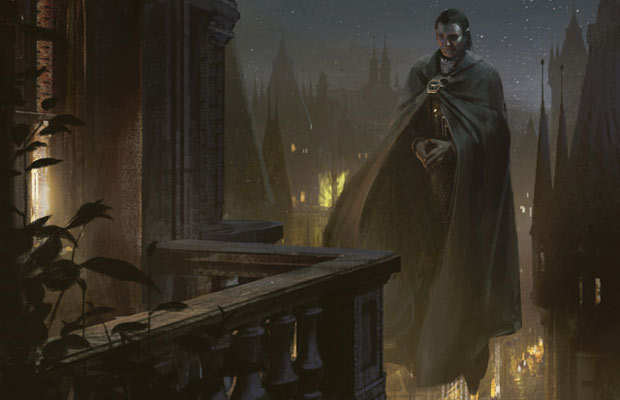
Balustrade Spy | Illustration by Jaime Jones
Creatures (22)
Wild Cantor
Narcomoeba x4
Thassa's Oracle
Elvish Spirit Guide x4
Simian Spirit Guide x4
Undercity Informer x4
Balustrade Spy x4
Instants (16)
Pact of Negation x4
Summoner's Pact x4
Dark Ritual x4
Cabal Ritual x4
Sorceries (15)
Cabal Therapy x2
Thoughtseize x4
Agadeem's Awakening x4
Dread Return
Turntimber Symbiosis x4
Enchantments (1)
Artifacts (6)
Chrome Mox x2
Lotus Petal x4
Now we’re venturing into more unique territory. Oops! All Spells is known for playing zero lands, a feat that is nearly impossible to pull off in a competitive Magic environment. And its unique gameplan may be even stranger than its name.
The goal of Oops! All Spells is to resolve either Balustrade Spy or Undercity Informer. Since you don’t play any lands, you mill your entire deck. Why would you want to do that? Well, all of your copies of Narcomoeba will enter the battlefield, which allows you to cast Dread Return for its flashback cost. Target Thassa's Oracle and you’ve just won the game!
Of course, casting a 4-mana card without any lands in your deck is no easy feat, but the result is more than worth it. Imagine facing Oops! All Spells for the first time. Your opponent casts Balustrade Spy and then turns over the cards of their deck, one by one. Turning over the last card, your opponent smirks and then says: “Oops! I guess all my cards are spells.” You ask to examine their graveyard as they kill you a few seconds later.
Speaking from experience, I can say that nothing is more humiliating than losing to a deck called “Oops! All Spells.”
#7. Cheeri0s
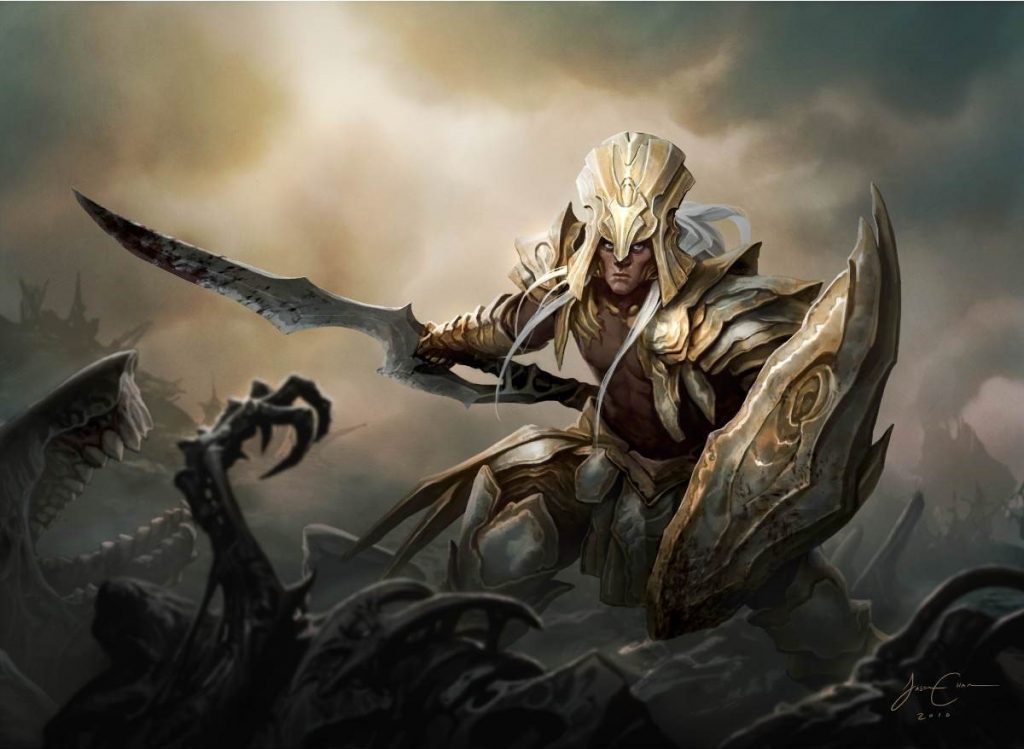
Puresteel Paladin | Illustration by Jason Chan
Creatures (8)
Puresteel Paladin x4
Sram, Senior Edificer x4
Instants (9)
Noxious Revival x2
Retract x4
Swan Song x2
Grapeshot
Sorceries (3)
Artifacts (25)
Accorder's Shield x4
Bone Saw
Cathar's Shield x4
Kite Shield x2
Mox Opal x4
Paradise Mantle x4
Sigil of Distinction x2
Spidersilk Net x4
Lands (15)
Arid Mesa x2
Flooded Strand x2
Hallowed Fountain x2
Horizon Canopy
Marsh Flats x2
Seachrome Coast x2
Windswept Heath x2
Plains x2
Before I get into the specifics of Cheeri0s, I have to tell you that Magic players love breakfast. Okay, maybe they just like eggs. And by eggs, I mean 1-mana artifacts like Skycloud Egg. Any other artifact with a similar ability is also called an egg, even if it doesn’t have the word “egg” in its name.
For example, Chromatic Sphere is also an egg. That’s how we ended up with “Full English Breakfast” and other crazy deck names. Now here’s the best part: Cheeri0s doesn’t have any eggs. At the time of Cheeri0s’s inception, the Magic deck-naming community was willing to name any artifact-based deck after some sort of breakfast.
Cheeri0s’ goal is to play either Puresteel Paladin or Sram, Senior Edificer and then play a bunch of 0-mana equipments. Get it? Cheeri0s? Because all the mana symbols look like the cereal Cheerios?
…
Anyway. You’ll eventually draw your copy of Grapeshot and kill your opponent that way. While naming a degenerate combo deck after a popular cereal my seem a bit strange, I think it’s a clever enough name to earn a spot on this list.
#6. Soul Sisters

Soul Warden | Illustration by Randy Gallegos
Planeswalker (1)
Creatures (25)
Ajani's Pridemate x4
Martyr of Sands x3
Ranger of Eos x3
Serra Ascendant x4
Soul Warden x4
Soul's Attendant x3
Squadron Hawk x4
Instants (4)
Sorceries (4)
Enchantments (4)
Honor of the Pure x3
Oblivion Ring
Lands (22)
Flagstones of Trokair x4
Ghost Quarter x4
Plains x14
This deck’s name makes a lot of sense if you look at its two most important cards: Soul's Attendant and Soul Warden. Is that it? Yeah, that’s basically it. But “Soul Sisters” has a nice ring to it, and lifegain strategies are always interesting.
This particular decklist leverages powerhouse cards like Ajani's Pridemate and Archangel of Thune to convert lifegain triggers into real board pressure. Besides that, Souls Sisters aims to win the game the old-fashioned way: play creatures, attack, win.
It’s always nice to see a deck playing the game the way Richard Garfield envisioned it all those years ago.
#5. Nic Fit
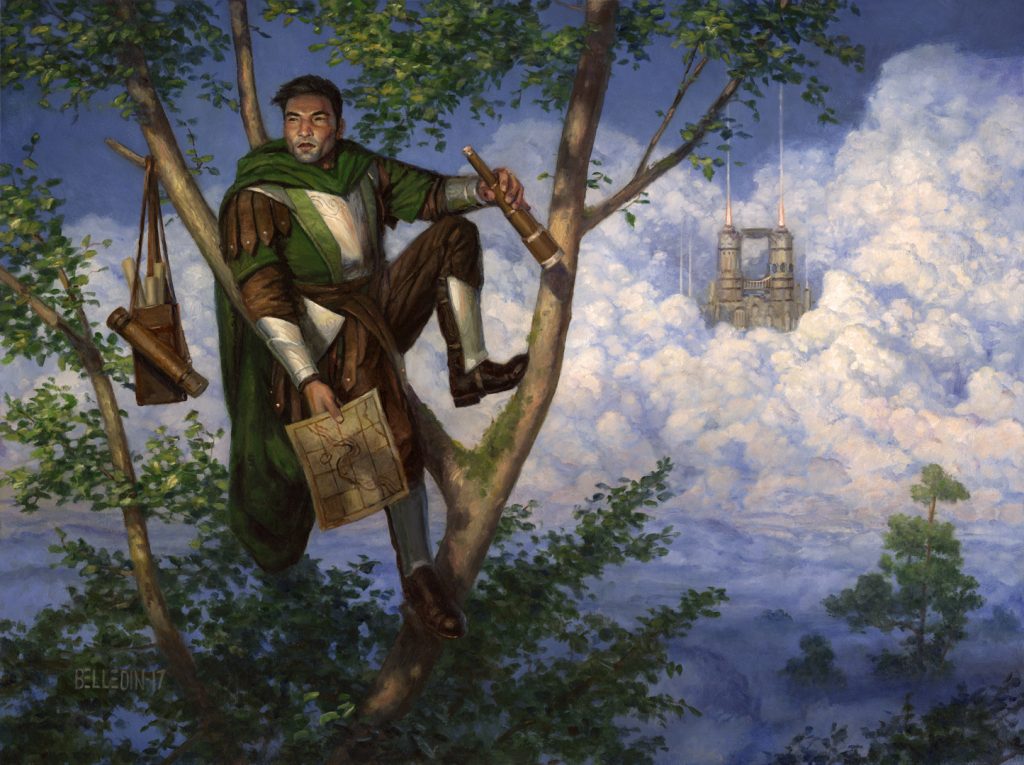
Veteran Explorer | Illustration by Steven Belledin
Planeswalker (1)
Creatures (14)
Deathrite Shaman
Thragtusk
Huntmaster of the Fells x2
Scavenging Ooze
Thrun, the Last Troll
Primeval Titan
Broodmate Dragon
Eternal Witness x2
Veteran Explorer x4
Instants (6)
Punishing Fire x4
Abrupt Decay x2
Sorceries (10)
Green Sun's Zenith x4
Maelstrom Pulse x2
Cabal Therapy x4
Enchantment (3)
Artifacts (3)
Lands (23)
Kessig Wolf Run
Verdant Catacombs x4
Grove of the Burnwillows x4
Wooded Foothills x2
Forest x3
Swamp x2
Mountain x2
Phyrexian Tower
Bayou x2
Badlands
Taiga
Who in the world is Nic anyways, and what exactly does he fit into? That’s what I was thinking when I first heard about this deck. But when I did some research online, the name started making a lot more sense. Just kidding. I actually got more confused.
Nic Fit is supposedly short for “nicotine fit,” something that cigarette addicts suffer from when they haven’t had a smoke in a while. Those who support this theory suggest that the original Nic Fit player was so slow that he would drive his opponents into nicotine fits. It’s also a typo for “Nice Fit,” as other Magic historians will tell you that “Nice Fit” was the deck’s original name. The deck’s creator claims he was listening to “Nic Fit,” a song by music group Sonic Youth.
The debate over which of these stories is true still hasn’t been settled. Nic Fit’s three cornerstone cards are Veteran Explorer, Cabal Therapy, and Green Sun's Zenith, which come together to create a powerful midrange strategy. While I don’t find the deck name to be particularly clever, it deserves a spot on this list solely for its iconicity and controversy.
#4. The Rock
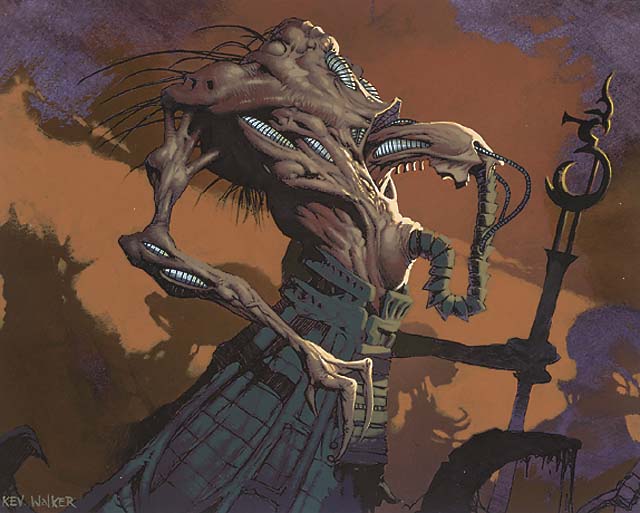
Phyrexian Plaguelord | Illustration by Kev Walker
Creatures (25)
Birds of Paradise x4
Albino Troll x4
Llanowar Elves
Yavimaya Elder x3
Yavimaya Granger x4
Woodripper
Phyrexian Plaguelord x4
Deranged Hermit x4
Instants (3)
Rapid Decay x3
Sorceries (6)
Duress x4
Vampiric Tutor x2
Enchantments (3)
Diabolic Servitude x2
Tranquil Grove
Lands (23)
Treetop Village x4
Dust Bowl x2
Swamp x6
Forest x11
The Rock, also known as “The Rock and his Millions,” is the predecessor to Nic Fit. Also a Golgari midrange deck, The Rock is known for running Phyrexian Plaguelord and Deranged Hermit, along with a few other high-impact cards to win the game on value and board pressure.
Okay, but why is it called The Rock and his Millions? Well, the deck’s creator thought Phyrexian Plaguelord looked like Dwayne “The Rock” Johnson, and the millions refer to his millions of fans, or the millions of creatures you summon with Deranged Hermit. I know, it’s a bit of a stretch, but The Rock has been the go-to name for all Golgari midrange decks ever since the original version became popular in the competitive Magic scene.
While Phyrexian Plaguelord is no longer played in more recent versions of The Rock, it’s always nice to have a deck whose name reminds us of the card that started the whole Golgari midrange archetype.
#3. Sunny-Side Up
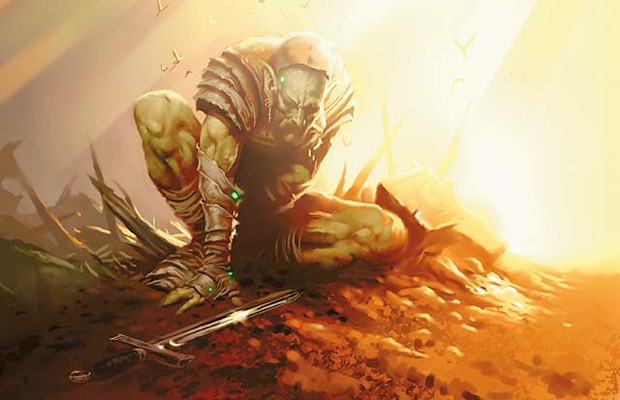
Second Sunrise | Illustration by Greg Staples
Instants (10)
Faith's Reward x4
Second Sunrise x4
Silence x2
Sorceries (12)
Gitaxian Probe
Reshape x4
Serum Visions x4
Sleight of Hand x3
Artifacts (21)
Chromatic Sphere x4
Chromatic Star x4
Conjurer's Bauble x4
Elsewhere Flask x4
Lotus Bloom x4
Pyrite Spellbomb
Lands (17)
Ghost Quarter x4
Hallowed Fountain
Island x7
Misty Rainforest x2
Plains
Scalding Tarn x2
From the whole section about Cheeri0s and all deck names being breakfast-related, you should know that Sunny-Side Up is an artifact deck with lots of eggs. Remember, eggs are cheap artifacts like Chromatic Sphere that can be cycled. If you take a careful look at the decklist, you’ll see that Sunny-Side Up contains lots of eggs, plus a playset of Second Sunrise. Eggs plus Second Sunrise equals Sunny-Side Up.
Other players have also called the same deck “Second Breakfast” for similar reasons. Those who are unfamiliar with Sunny-Side Up may be hard pressed to find the deck’s win condition, as only a single copy of Pyrite Spellbomb is capable of dealing damage to your opponent. As it turns out, that’s all you need!
Sunny-Side Up likes to draw its entire deck by sacrificing eggs and then bringing them back with either Second Sunrise or Faith's Reward. If you have a copy of Lotus Bloom in play, you’ll break even mana-wise with Second Sunrise, and if you have more than one, you’ll gain mana!
Once you hit that critical mass of artifacts, you should be able to draw through your deck and kill your opponent by playing Second Sunrise over and over again with Conjurer's Bauble, Pyrite Spellbomb, a few copies of Lotus Bloom, and an artifact that draws a card.
Yes, the deck is as degenerate as it sounds, which is why the name “Sunny-Side Up” is so misleading. Such an innocent-sounding name for such an evil deck. It’s perfect.
#2. Dead Guy Ale
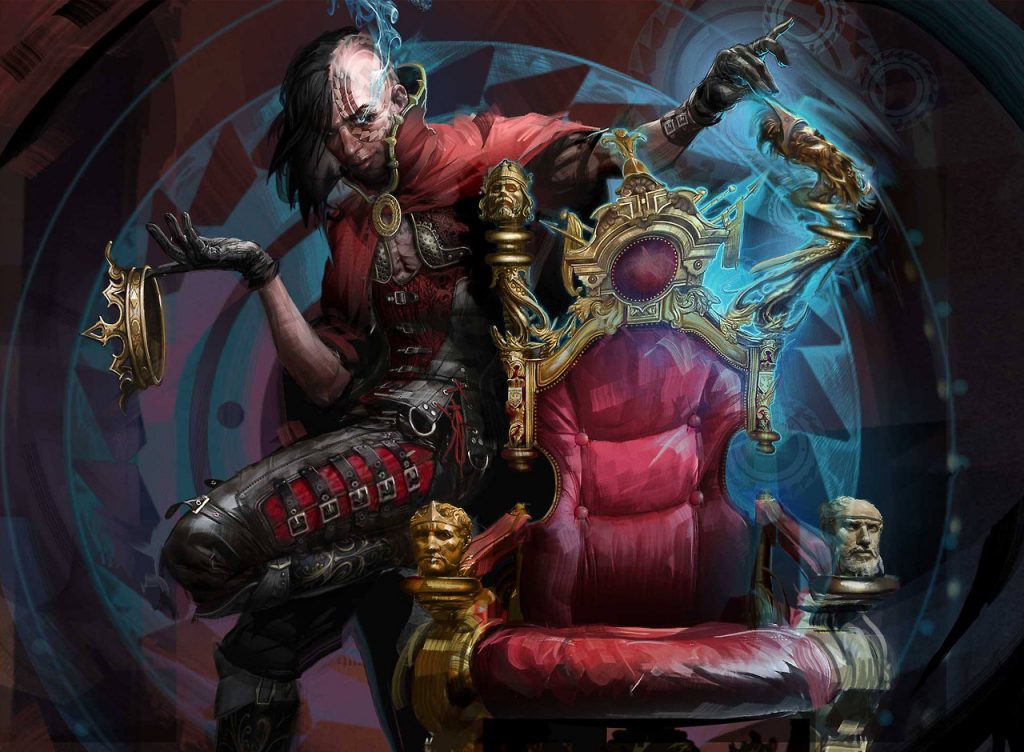
Dark Confidant | Illustration by Scott M. Fischer
Creatures (29)
Serra Avenger
Thalia, Heretic Cathar
Dark Confidant x2
Eldrazi Displacer x3
Flickerwisp x3
Giver of Runes x3
Leonin Arbiter x4
Stoneforge Mystic x4
Thalia, Guardian of Thraben x4
Thought-Knot Seer x4
Instants (4)
Artifacts (6)
Batterskull
Sword of Feast and Famine
Sword of Fire and Ice
Aether Vial x3
Lands (21)
Snow-Covered Plains x5
Snow-Covered Swamp
Tectonic Edge
Silent Clearing x2
Caves of Koilos x4
Eldrazi Temple x4
Ghost Quarter x4
Dead Guy Ale is another one of those strange deck names that somehow stuck with Magic throughout the years. This Orzhov deck doesn’t have any crazy shenanigans or combos going on, opting instead to grind its opponent down with discard spells and solid creatures.
This deck’s inventor is none other than pro player Chris Pikula, one of the members of Dead Guy, an old Magic team. Okay, we’ve got the Dead Guy part down, but what does ale have to do with it? Well, Dead Guy Ale was initially a rogue brew (a newly invented deck that hadn’t yet become popular), and the Rogue Brewing Company has a beer called Dead Guy Ale.
This is probably one of the most clever deck names I’ve ever heard of, even though the name has nothing to do with the deck itself.
#1. Death & Taxes
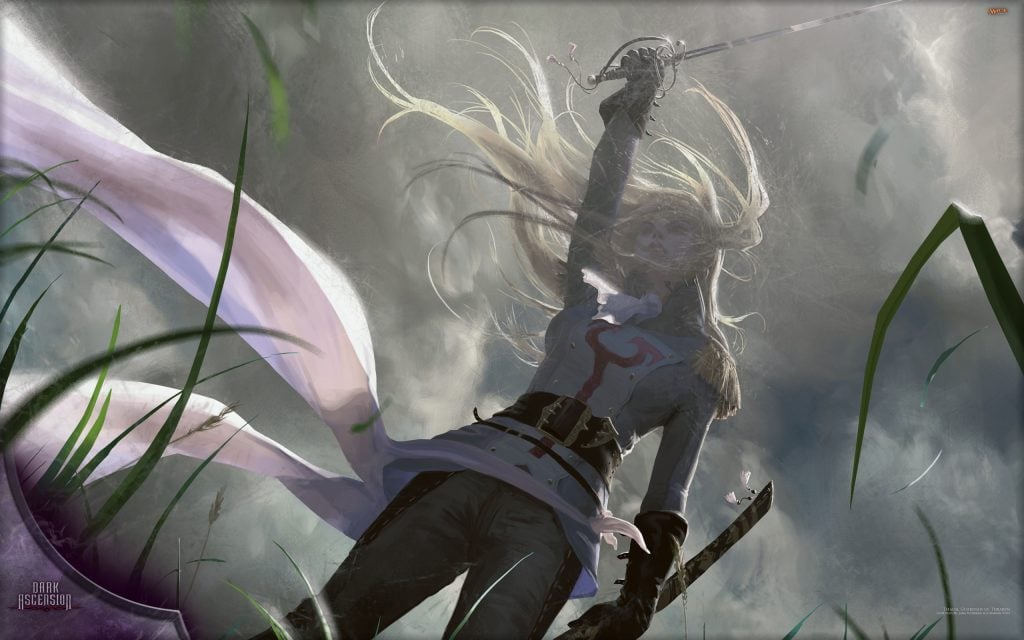
Thalia, Guardian of Thraben | Illustration by Jana Schirmer & Johannes Voss
Creatures (24)
Mother of Runes x4
Charming Prince
Spirit of the Labyrinth x2
Stoneforge Mystic x4
Thalia, Guardian of THraben x4
Flickerwisp x4
Recruiter of the Guard x2
Sanctum Prelate
Skyclave Apparition x2
Instants (4)
Artifacts (8)
Aether Vial x4
Retrofitter Foundry
Umezawa's Jitte
Batterskull
Kaldra Compleat
Lands (24)
Karakas x3
Plains x11
Rishadan Port x4
Urza's Saga x2
Wasteland x4
You knew this one was coming. To quote Ben Franklin: “Nothing can be said to be certain, except death and taxes.”
Mr. Franklin may not have been referring to the Magic deck, but the quote seems fitting anyway. Typically a mono-white weenie deck, Death & Taxes aims to tax your opponent’s mana while swarming the board with small creatures. It also plays the role of the taxman, going around the metagame and punishing greedy players. If you’re competing in a Legacy tournament, you’ll definitely run into a Death & Taxes player.
Wasteland and Rishadan Port will keep your opponent’s mana in check while Thalia, Guardian of Thraben punishes them for playing multiple spells in a turn. Death & Taxes has it all: an awesome deck name, the ability to win any matchup, and the unique role of keeping all other decks honest.
I have to hand first prize to Death & Taxes, possibly the most iconic deck name in all of Magic history.
Wrap Up
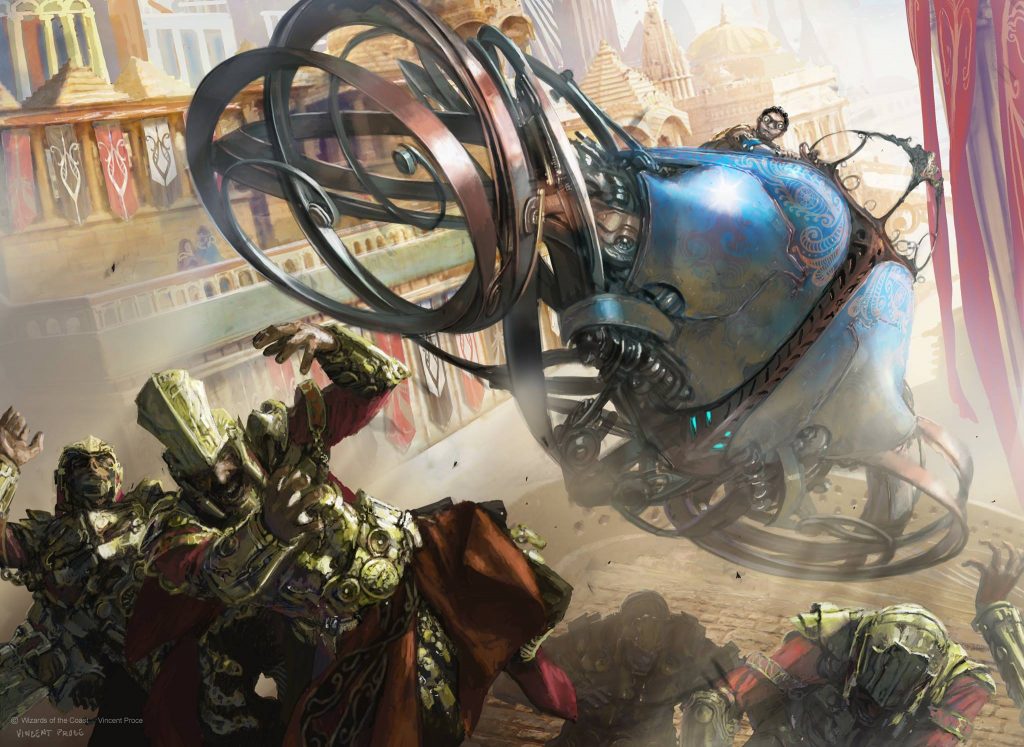
Leave in the Dust | Illustration by Vincent Proce
I don’t expect you to agree with every deck on this list. This is my personal preference, and that list may change a year or two from now. Either way, I hope you enjoyed this, as I certainly had a blast writing it.
The conversation doesn’t have to end here, though! Let me know what your favorite deck names are and why on our Twitter, Facebook, or any of our other social media. Oh, and if you ever do get the chance to name your own deck, pick something clever. The last thing we need is another Naya midrange.
Follow Draftsim for awesome articles and set updates: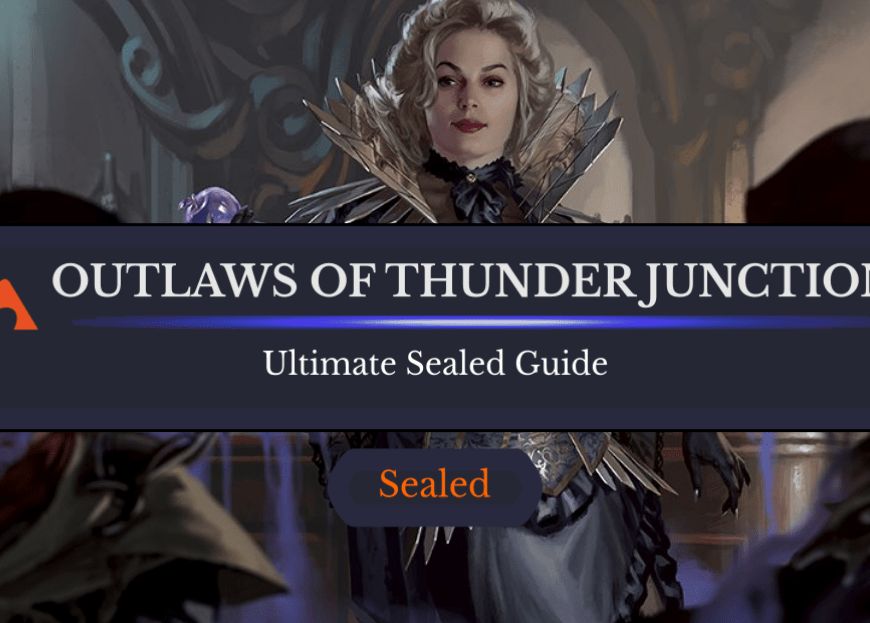

1 Comment
Hey I’m a mtg deck brewer. I’ve made a few effective decks that have never really gotten past the local tournament stage, but they’ve got some alright names!
Try ‘Refund’ for a green three turn winner. The name is for its two turn brewing up to a 106-life bang with Silverback Elder and repeated casting of one mana creatures. The ‘Refund’ part is because many of the decks it played against had it on the brink of death at turn three, and it suddenly comes in with 106 life.
Add Comment